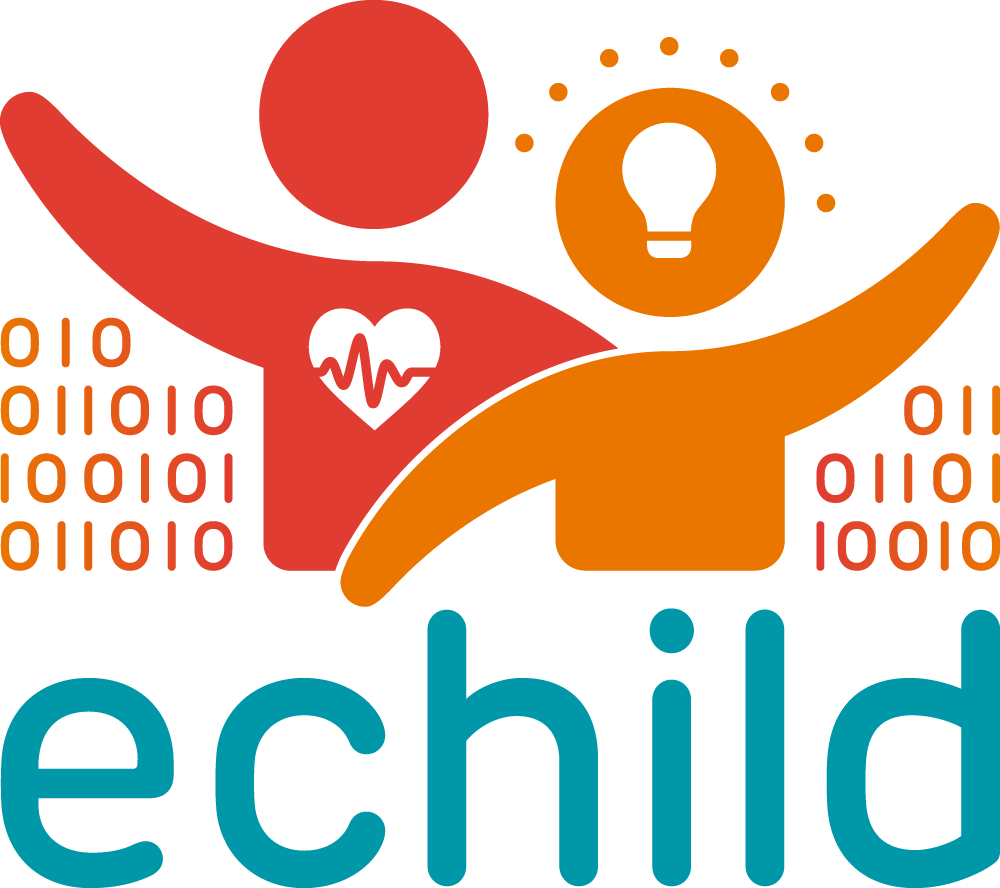Blog - The socio-economic gap in teenage motherhood by John Jerrim
Being a teenage parent brings several challenges. For those in education, it will bring a disruption to learning and educational progression. Yet it may also lead to young people leaving the education system at a relatively young age, to deal with the financial, social and health burdens of becoming a parent. This may be a particular concern for high-achieving young people who become young mothers and fathers, whose sudden parental responsibilities may lead them to not fulfil their early academic potential.
In my on-going Nuffield Foundation project, I am exploring the later life-time outcomes of children that obtained top Key Stage 2 test scores, and how this varies across those from different socio-economic backgrounds. This blog presents estimates of how likely high-achieving young women are likely to become teenage mothers. The full working paper on which this blog is based can be found here.
Data
The study draws on ECHILD (Education and Child Health Insights from Linked Data); data matching information from the National Pupil Database (NPD) to Health Episode Statistics (HES). I analyse data on hospital contacts made between age 11 and 20 from three school cohorts, born between September 2000 and August 2003. You can find out more about the ECHILD data under data resources.
The outcome I focus on in this blog focuses on teenage motherhood (rather than teenage pregnancy). This is because the ECHILD data is based on hospital records, and thus mostly captures successful childbirths. As the data does not include information on terminations, the data is best considered an indicator of completed pregnancies (i.e. giving birth to a child) rather than of becoming pregnant per se. It also means one can only make inferences about teenage motherhood, and not fatherhood.
Sizeable socioeconomic gaps
The main findings are presented in Figure 1. This presents our estimates of the number becoming a teenage mother by age, per 1,000 women. Results are presented for four groups:
· High Key Stage 2 scores, disadvantaged socio-economic background (solid black line)
· High Key Stage 2 scores, advantaged socio-economic background (dashed black line)
· Low Key Stage 2 scores, disadvantaged socio-economic background (dashed grey line)
· Low Key Stage 2 scores, advantaged socio-economic background (solid grey line)
The results are striking.
For low achieving, disadvantaged young women there is a sharp increase in teenage motherhood from the mid to late teenage years. The rate increases around 10-fold, from around 6 per 1,000 women in Year 11 to 60 per 1,000 by age 20. This is by far the highest level, and sharpest increase, out of any of the groups considered.
At the other extreme sit those young women with strong Key Stage 2 scores from the most advantaged backgrounds. At age 20, they become mothers at a rate of around 2 per 1,000 women – close to the rate that low-achieving disadvantaged young women become mothers in Year 10 (age 14/15).
In-between these two extremes sit the other two groups, where the trajectory is very similar. This indicates that high-achieving young women from poor backgrounds become teenage mothers at a similar rate to low-achieving young women from the most advantaged backgrounds. This increases from around two women per 1,000 in Year 12 to around 20 women per 1,000 by age 20.
We note in our working paper that these differences should be interpreted with a degree of care. And – due to a methodological challenge known as Kelly’s paradox – the exact magnitude of these socio-economic gaps are captured with a degree of uncertainty. Our central estimates nevertheless continue to suggest that initially high-achieving young women from poor backgrounds continue to become young mothers at a higher rate than their equally able but more socio-economically advantaged peers.
Figure 1. The rate of teenage motherhood for young people from different socio-economic and achievement backgrounds. More information here
Conclusions
In conclusion, the findings highlight the critical intersection between academic achievement and socio-economic status, particularly for young women. Teenage motherhood will cause significant disruption to high-achieving disadvantaged young women’s education, making it challenging to obtain the qualifications needed for better job prospects. This interruption, along with limited opportunities for skill development, may then trap these young women in a cycle of disadvantage. It is therefore crucial that tailored career guidance and personal support is provided to low achieving young women, particularly those from disadvantaged socio-economic backgrounds, to help them understand the full range of options available to them. Likewise, support systems that provide educational resources, childcare assistance, and career guidance may also be needed to help this group to navigate the complexities of early parenthood.
Read John’s full Blog here: The socio-economic gap in teenage motherhood - FFT Education Datalab
Author: John Jerrim, [email protected]

